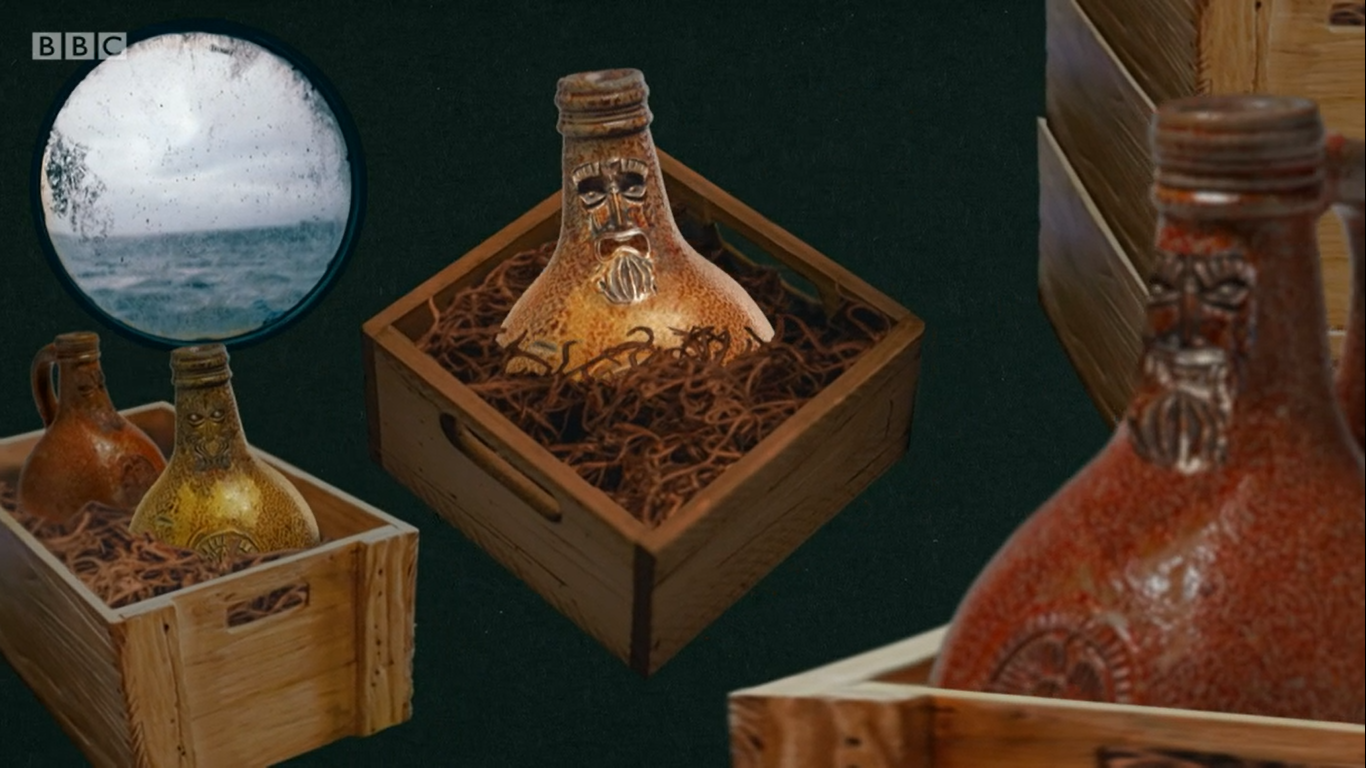Part 1: About animation
In this section
Animation styles and costs
Animation is not a one-size-fits-all approach, and can include traditional hand-drawn, 2D digital, 3D animation, motion graphics and stop-motion.
Watch the video below the see the different animation types:
Simple motion graphics are at the lower end of the price range, while approaches such as hand-drawn and stop-motion are inherently time-consuming and therefore costs increase (each second is made up of 24 different frames, meaning 1,440 frames of drawing or movement a minute!).
The more characters and elements that need to move in an animation, the higher the cost will be; but also enables you to potentially increase the engagement appeal to your target publics and communities.
Remember, you can request funds for research animations in research grants or through dedicated engagement funds.
See below for some research animation examples to get a sense of the different styles:
What can chemists learn from nature?
Simple 2D digital animation with small stop motion elements [cost ~£10,000]
Understanding MRI: how does functional MRI work?
Illustrations with basic animation – created with input from patient involvement groups.
The role of actin in cell mobility
3D computer-generated animation
Space rocks
Mixed medium/motion graphic animation
The life and times of a witch bottle
Motion graphic animation using photographs (Watch via BBC iPlayer - requires sign in)

How do our hands make us human?
2D animation created using ‘off the shelf’ graphics [cost ~£4,000]
The Riemann Hypothesis explained
Motion graphic animation
Introduction to analysing longitudinal data
Motion graphic animation
The basics of the Higgs Boson
Creative 2D animation created over a scripted conversation between two people
Want more examples?
For even more examples see TED-Ed; Oxford Sparks and the Animated Thinking series.
Is animation right for you?
If you have a limited budget or short deadline and can find other creative ways to engage the public with your research, then animation might not be right for you. In some cases, live action film might be the better option, where seeing and connecting ‘ in real life’ suits the story to be told. However, when resources allow, animation can be a very effective engagement medium.
Part 1: About animation
- Animation styles and costs
- Is animation right for you?
Part 2: The process
- Stage one – plan
- The brief
- Finding your animator
- Stage two – animate
- Script
- Storyboard
- Animate
- Stage three – promote and evaluate
- Promote
- Evaluate
